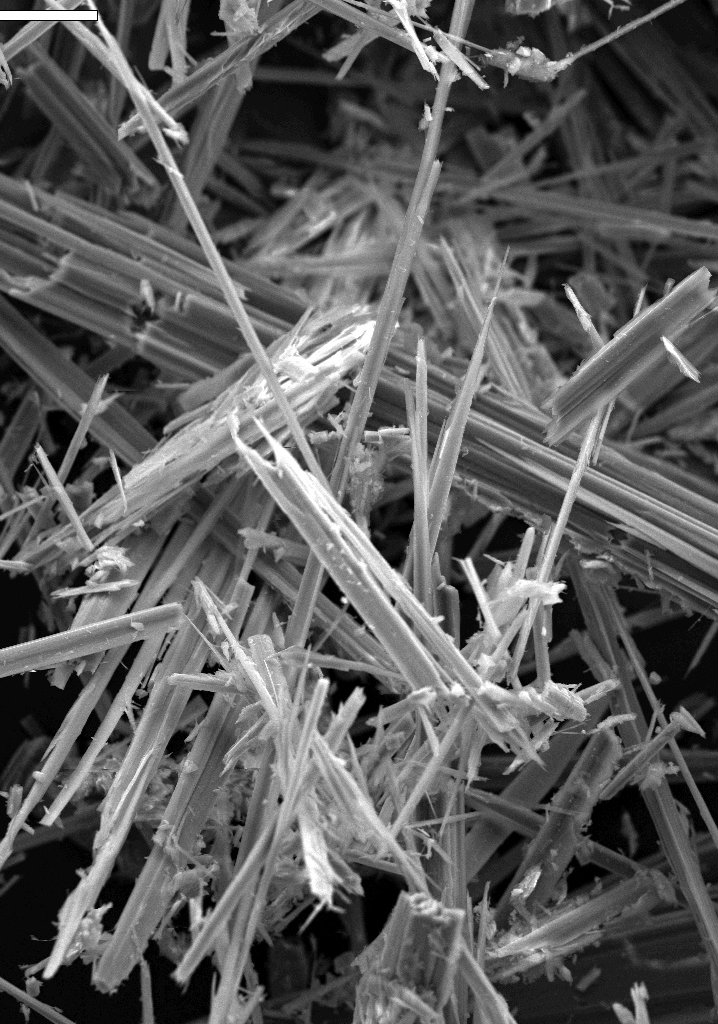Asbestos Safety

What is asbestos?
Asbestos is a naturally occurring mineral that takes the form of hollow, microscopic fibers which are nearly indestructible. It can be densely packed into a tough, flexible, and very useful material, which has been used for hundreds of years as insulation, fireproofing, and building material. About 95% of all asbestos used in the U.S. has been chrysotile, the least toxic form of asbestos.
What are the hazards of asbestos?
Asbestos is well-recognized as a health hazard and its use in the US is now highly regulated by both OSHA and EPA. Breathing asbestos fibers can cause a buildup of scar-like tissue in the lungs called asbestosis and results in loss of lung function that often progresses to disability and death. Asbestos also causes lung cancer and other diseases, such as mesothelioma of the pleura, which is a fatal malignant tumor of the membrane lining the cavity of the lung or stomach.
Where can I find asbestos?
Most products made today do not contain asbestos. The few products made which still contain asbestos that could be inhaled are required to be labeled as such. However, until the 1970s, many types of building products and insulation materials used in homes and buildings contained asbestos. Asbestos was often a component in the following materials: fireproofing, thermal insulation, boilers, ductwork, ceiling tiles, vinyl floor tiles, drywall (tape & plaster), texturized paints (wall and ceiling textures), roofing shingles (felt, tar & flashing), and automotive brake pads and clutches.
When can asbestos be a problem?
If you think asbestos may be in your building, don't panic! Usually, the best thing is to leave asbestos material that is in good condition alone. Generally, material in good condition will not release asbestos fibers. There is no danger unless fibers are released and inhaled into the lungs. If you are working on a project that may disturb any building materials (e.g. drilling or cutting holes in walls, sanding building materials, etc.), please contact EH&S first to determine which building materials contain asbestos. If asbestos-containing building materials need to be disturbed, EH&S will assist in obtaining the services of a licensed asbestos abatement contractor.
Additional questions about asbestos
Contact EH&S at 940-898-4001, option 3, or risk@twu.edu for additional information.
Page last updated 8:42 AM, May 8, 2023